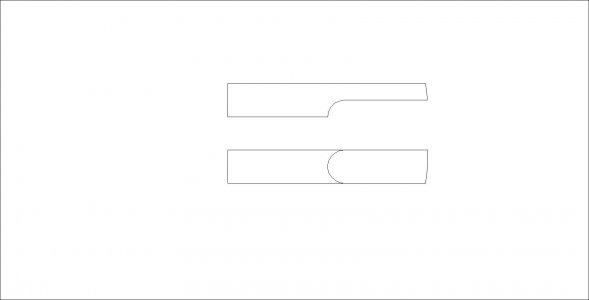- Joined
- May 5, 2013
- Messages
- 310
I need to drill a 5/16" dia hole, length wise through a piece of PH4140 steel. The material will be 3/4" x 2" x 12".
My plan is to mount it in a 4 jaw and a steady rest in my SB13" lathe. Begin with center drill and drill as deep as possible with (new) 5/16" jobber length bit.
Then mount a 5/16" hardened bushing at the hole (make a fixture to hold it) and continue drilling with a (new) 12" long 5/16" dia parabolic bit. Remove chips every 1/2" or less, lots of oil.
Do I have any chance of getting a straight accurate hole through 12" on center, at the other end?
Any comments or suggestions would be appreciated.
If anyone has the proper equipment to drill this hole, would you be interested?
Thanks, Larry
My plan is to mount it in a 4 jaw and a steady rest in my SB13" lathe. Begin with center drill and drill as deep as possible with (new) 5/16" jobber length bit.
Then mount a 5/16" hardened bushing at the hole (make a fixture to hold it) and continue drilling with a (new) 12" long 5/16" dia parabolic bit. Remove chips every 1/2" or less, lots of oil.
Do I have any chance of getting a straight accurate hole through 12" on center, at the other end?
Any comments or suggestions would be appreciated.
If anyone has the proper equipment to drill this hole, would you be interested?
Thanks, Larry


